
At the end of the 1957 sports season, the organizers of the World Sportscar Championship (FIA), also in the wake of the general consternation caused by the “Guidizzolo tragedy”, to increase safety in competitions limited the maximum displacement of the competing cars to 3,000 cm³.
The sudden elimination of the “Sport 5000 Class” put the Maserati racing department in great difficulty, which, in the previous months, had invested considerable resources to prepare and develop the powerful “450S” model, still in a phase of full evolution.
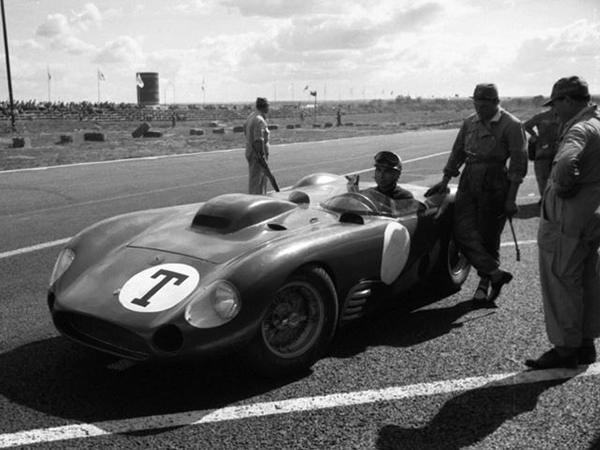
Following this provision, Adolfo Orsi decided to withdraw Maserati from official competitions, restricting the activity of the racing department to the construction and assistance of cars for the many private drivers supplied by the trident house. Many of these, by force of circumstances, were forced to cancel their orders for the “450S” model, stopping the production of type 54 engines, dozens of which were already finished or awaiting assembly. Some of these were re-weighted to bring the displacements to 5,700 and 6,400 cm³, in order to equip boats destined for motorboat racing competitions.
For the first 5000 GT, internally named with the design code “Type 103”, Eng. Alfieri calculated a dimensional increase on the chassis of the “3500 GT”, both in width and in length, in order to accommodate the bulky V8 and, at the same time, offer the basis for a spacious interior and an imposing appearance. The engine was “tamed” with minimal modifications that consisted of re-boring the cylinders to slightly increase the displacement and decrease the compression ratio, in order to obtain a smoother delivery at low revs at the cost of reducing power by 20%.
The coupé-type bodywork, in aluminum, was built by Touring, as were the interiors, with luxurious materials. The painting was done in bright blue, with beige leather interiors and many details in pure gold. Curious is the rear light system, designed with two series of three circles, witch gradually reduced its circumferences towards the sides of the tail, whose external lights were operated by a separate command, to indicate the presence of the king on board.
As for the mechanics, the “5000 GT” boasted a V8 engine derived from the 450S with 2 overhead camshafts per bank, 4 Weber DCOE 45 carburetors, double Magneti Marelli ignition, double petrol pump with 4937 cm³ of displacement that developed 340 hp at 5500 rpm coupled to a 4-speed manual gearbox. Traction was obviously rear while the brakes were disc at the front and drum at the rear.
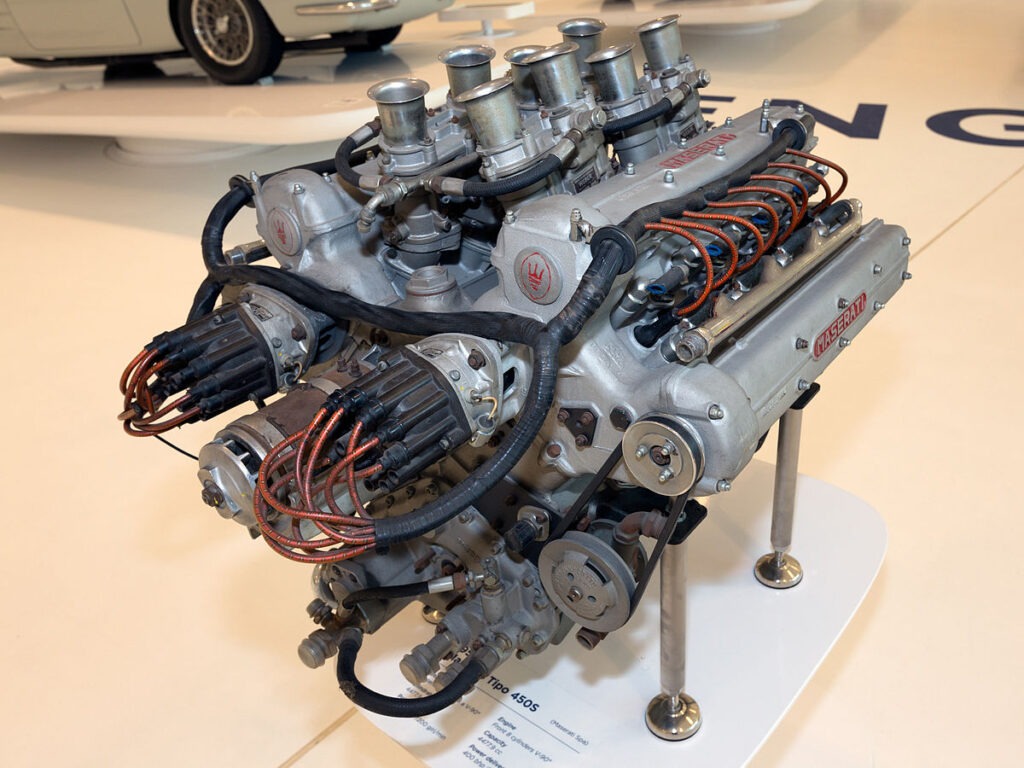
The opportunity for a new automotive use arose the following year, with the visit to the company of the Shah of Persia Mohammad Reza Pahlavi, in search of a sports chassis to be completed with Touring Superleggera bodywork. Given the exclusivity and prestige of the customer, Orsi and Alfieri proposed to prepare a new chassis, derived from the “3500 GT” model and equipped with the racing engine of the “450S”, after having adapted it to the needs of road use. The proposal was immediately accepted by the ruler of Persia, a great fan of sports cars.
The first “5000 GT”, chassis no. AM-103-002, was delivered to the Shah towards the end of 1958 and immediately became famous all over the world, also due to the fact that the illustrious client was at that time in the spotlight of information, due to his divorce with Princess Soraya, who permanently occupied the front pages of the international press. The numerous requests for information about the car by the jet set convinced Orsi to plan a small series production.
About the number of cars built, the sources report numbers of speciments varying between 32 and 34. In reality, the most authoritative historians of the brand agree on the fact that the chassis produced were 32 in all, with chassis numbers ranging from AM-103- 002 and AM-103-066. However, 34 result because two of these were renumbered by Maserati following a complete rebuilding.
Touring Superleggera
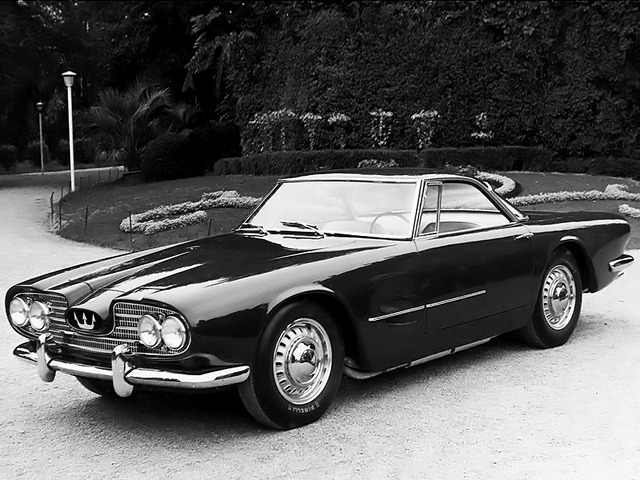
103.002: The first Maserati 5000GT car in the Tipo 103 series was the Shah of Persia, delivered to Mohammad Reza Pahlavi, who had been impressed by the Maserati 3500 after a test drive but demanded a more exclusive car for himself. He commissioned Maserati’s chief engineer Giulio Alfieri to fit a slightly modified 5-litre engine from the Maserati 450S in the 3500GT’s chassis. Carrozzeria Touring developed the superleggera tubing and aluminum body of the two-seater coupé.
103.004: This speciment was first presented at the 1959 Turin Motor Show. After the exhibition, it was sold to the South African Basil Read, who was the owner of the Kyalami Grand Prix Circuit at the time.
103.010: This is chassis was the third Touring built car. Originally bodyworked in 1961 by Frua, which was restamped and rebodied in 1965 with the n. 103.090 for the Saudi royal house.
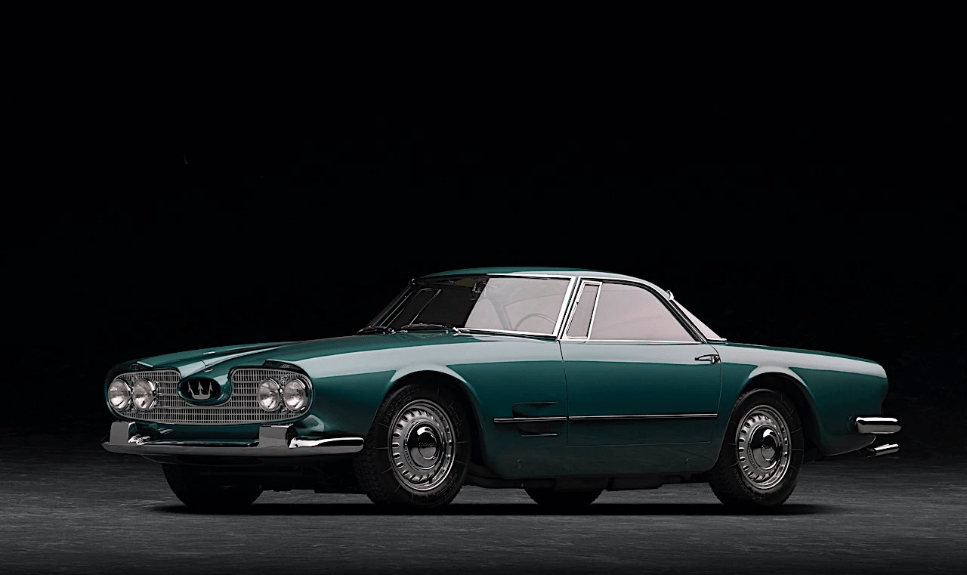
Allemano
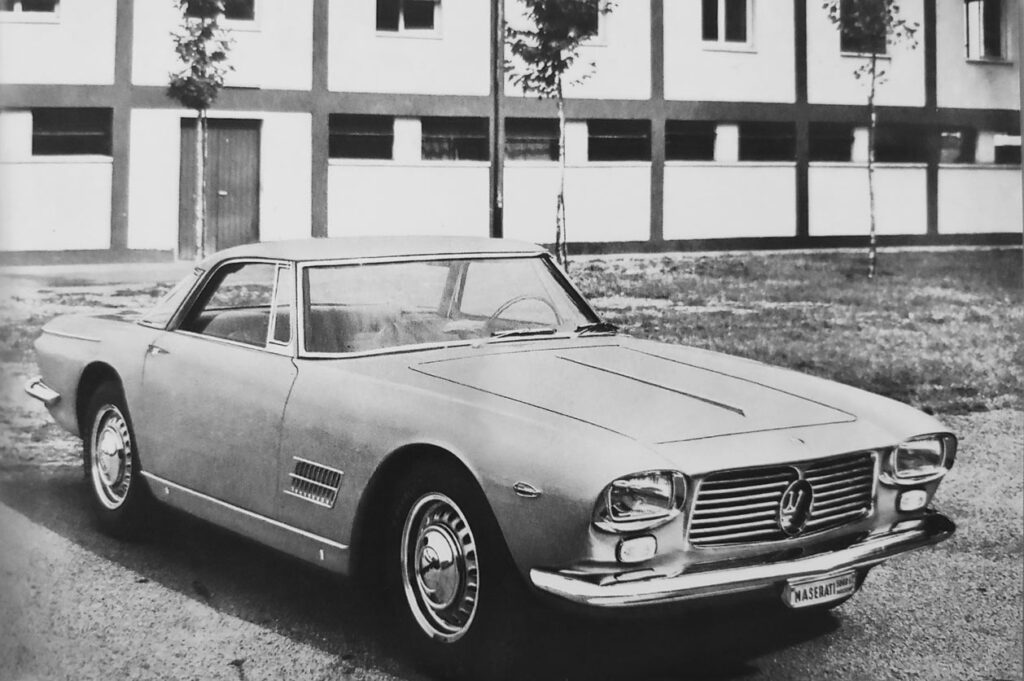
The first Allemano bodied 5000 GT, designed by Giovanni Michelotti, was displayed at the Turin Motor Show in 1961 and became known as the ‘Indianapolis’ in honour of Maserati’s victories at the ‘Indy 500’ in 1939 and 1940. This car is important as it was the basis for the ‘production’ 5000 GTs. The first Allemano 5000 GT was built in October 1961, one of four built that year. In the following year, the 5000 GT’s most productive, 12 cars were built, a further 4 cars in 1963 and another 2 cars in 1964.
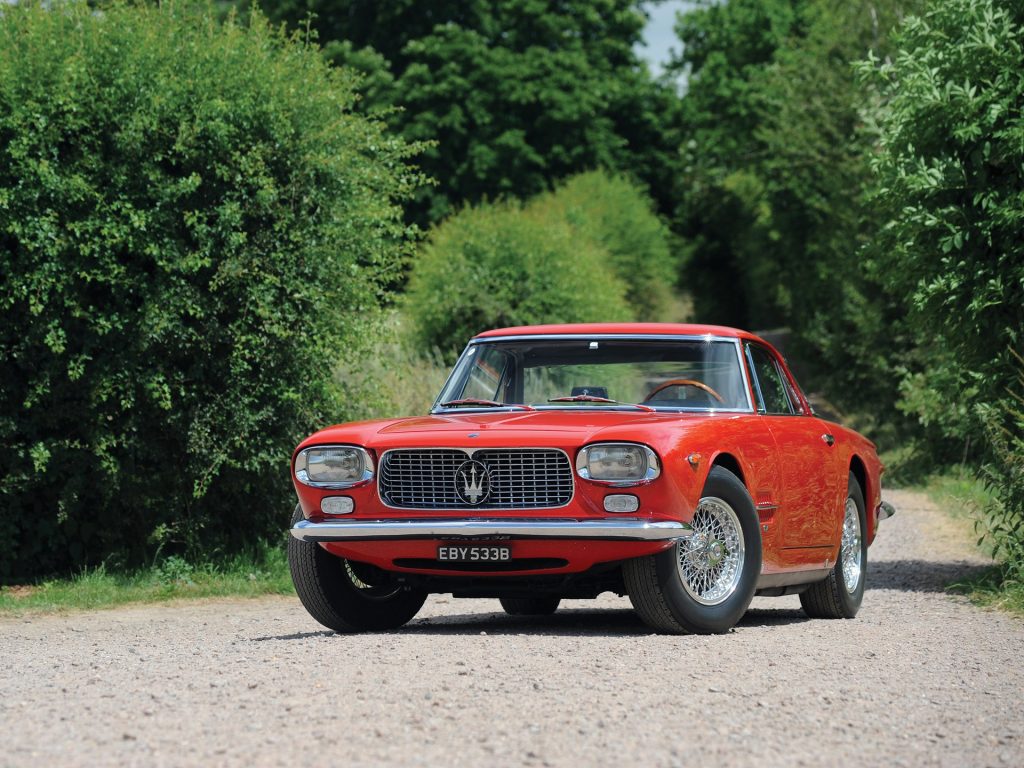
Pininfarina
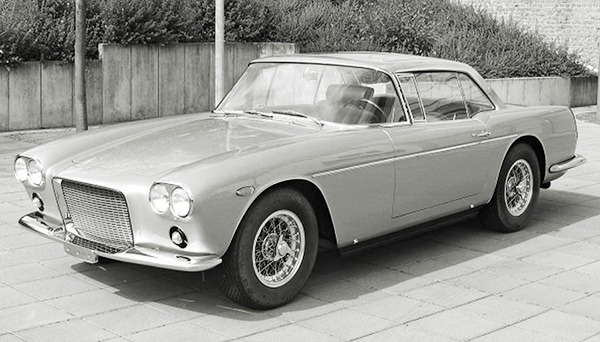
Chassis 008, completed in 1961, was the only example bodied by Pininfarina, commissioned by Fiat heir Gianni Agnelli. It shared its elegant yet unbranded design with his Ferrari 400 Superamerica Coupé Speciale (1517 SA), both featuring a distinctive upright grille, wraparound windshield, and a panoramic glass roof. Agnelli’s cars famously bore no emblems, a necessity to bypass Fiat’s ban on non-Fiat vehicles entering company grounds—only Giovanni Michelotti’s designs were exempt. Finished in Argento over Nero, 008 combined understated luxury with the brute power of its 450 S-derived V8, making 340 hp. Dispatched on February 8, 1961, Agnelli likely kept it briefly before it passed through collectors, including Alfredo Brener.
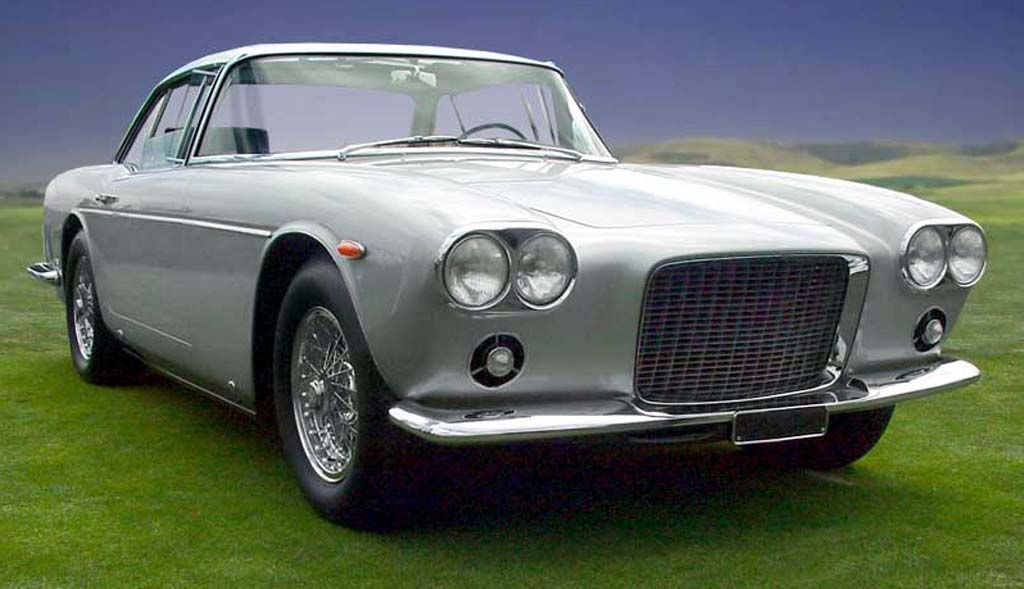
Monterosa
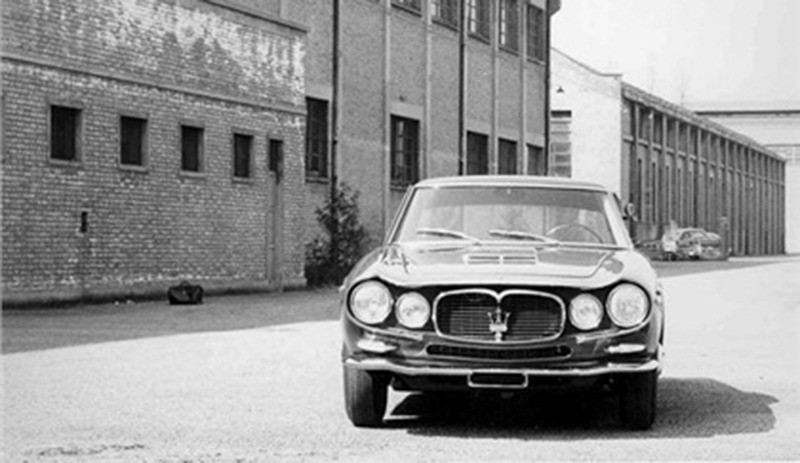
103.006: Red painted, it was originally sold to F1 racing driver Perdisa in 1960. Now in the ownership of an american car collector.
103.012: Grey painted, sold to tennis player Filippo Montanari.
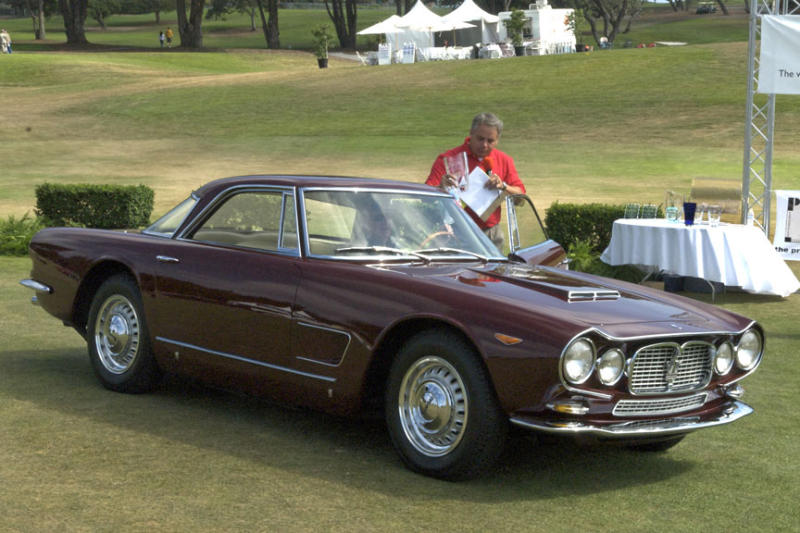
Michelotti
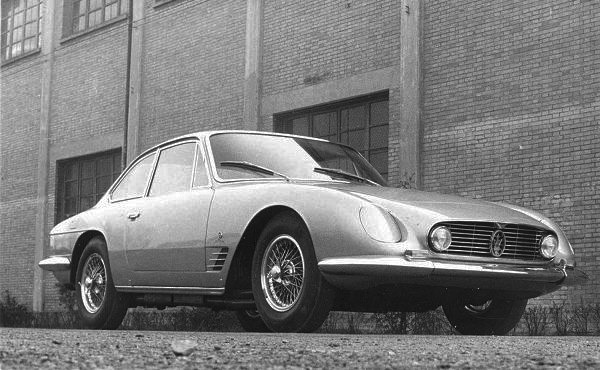
103.016: Race driver Biggs Cunningham requested that his 5000 GT resemble, as much as possible, the 450 S upon which its engineering had been based. As so often happens, in translation this became something different but equally wonderful. Michelotti’s design has a trace of 450 S in the rounded curves of its fenders, but was otherwise a fully and remarkably modern creation. With a glassy linear greenhouse, ventilation scoops with decorative chrome “strakes” tucked behind the front wheel arches, and a semi-tapered rear deck, it was reminiscent of a Ferrari 330 GTC. Hidden headlamps, flanking a relatively small oval grille opening, helped to preserve the car’s aerodynamics. The muscular, menacing side exhaust is subtly visible, peeking out behind the wheels. It may not resemble a road-going Le Mans car, but if performance was what Cunningham was after, and it usually was, then Maserati and Michelotti delivered. Reportedly this was the most aerodynamic 5000 GT built, thanks to its lines having been developed in the wind tunnel at Università degli Studi di Torino, and arguably it was the fastest, as well. Cunningham insisted on test-driving it prior to delivery at Monza, presumably ensuring that its speed was up to his standards. He then used it to commute between various European race tracks at which his team was competing.
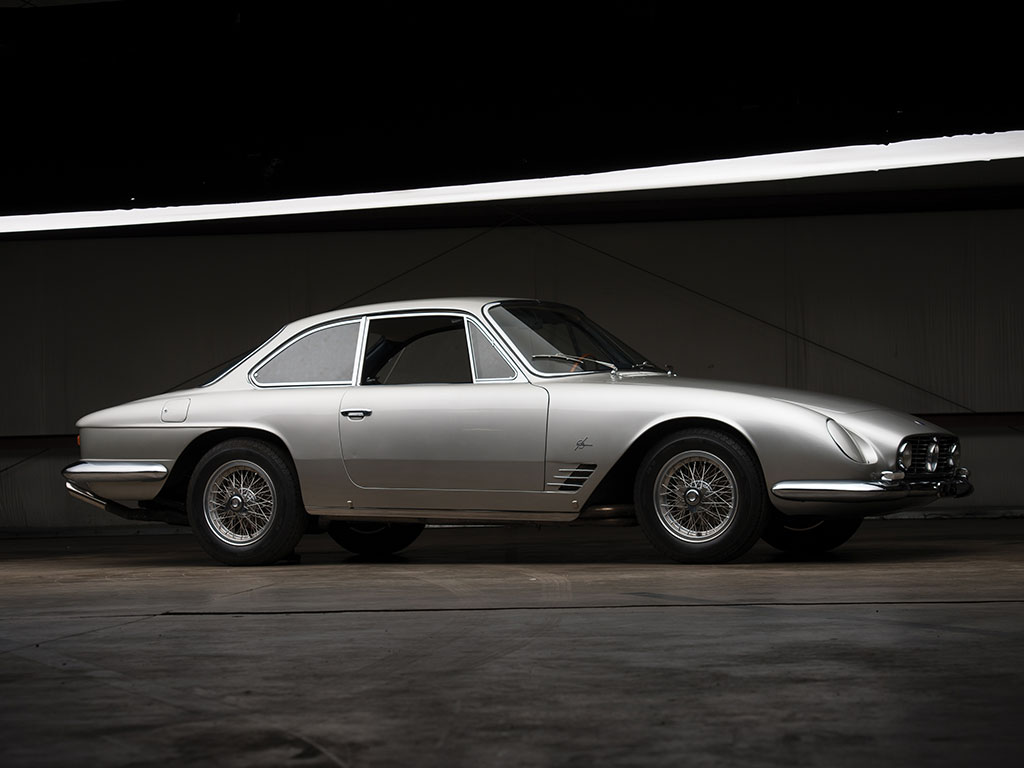
Ghia
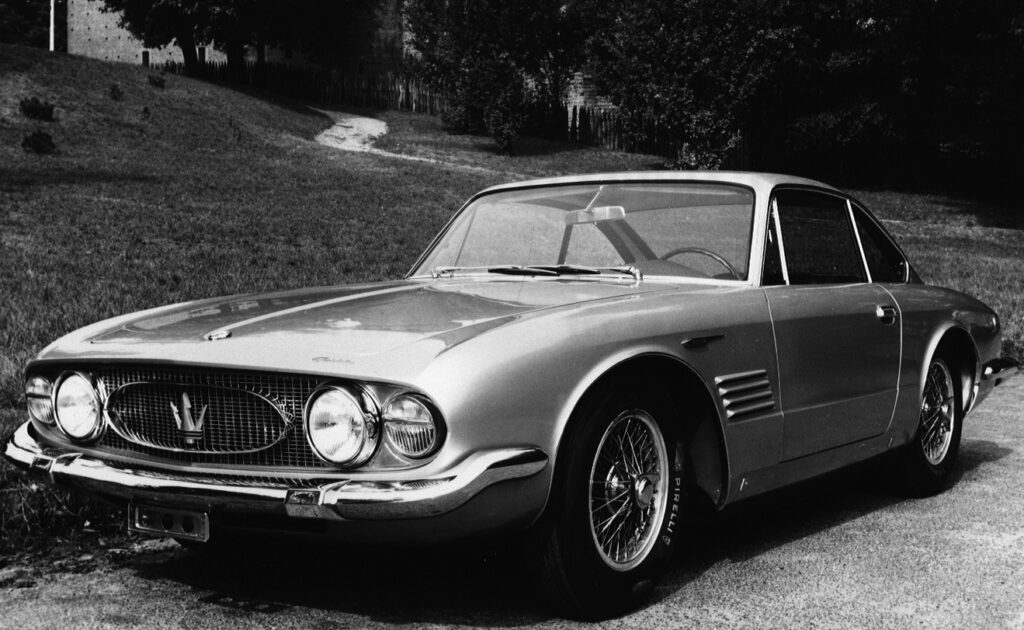
103.018: This 5000 GT, was completed in July 1961 for industrialist Ferdinando Innocenti and was the ninth example built. Most 5000 GTs were built with understated bodies by Allemano, but 018 was the only example coachbuilt by Ghia. Sergio Sartorelli, head of the style prototyping department at Ghia, created its stunning one-off design incorporating cutting-edge styling elements of the time, many of which were later seen on other Ghia designs. Ghia displayed 018 on their stand at the 1961 Turin Auto Show, finished in its original color combination of silver over black. Innocenti later sold the car, and after being owned by a few people in Italy, it found its way to Saudi Arabia, where it was long thought to have been lost. Sold For $533,000 by RM Sotheby’s in 2019, the car was not in its best shape, looking forward to be restored.
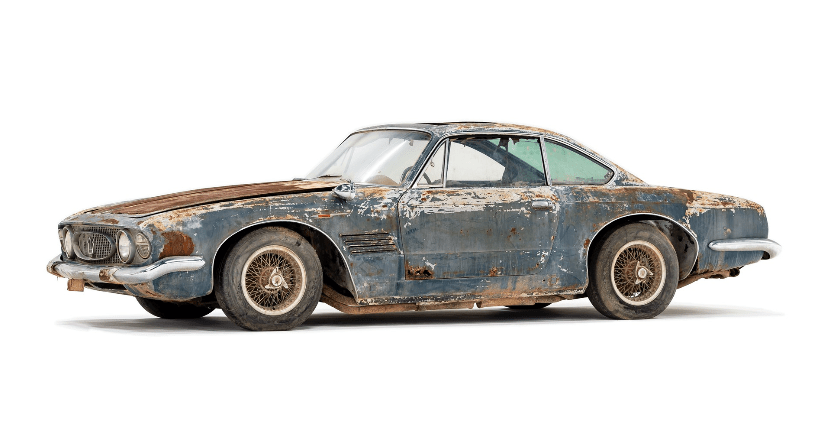
Bertone
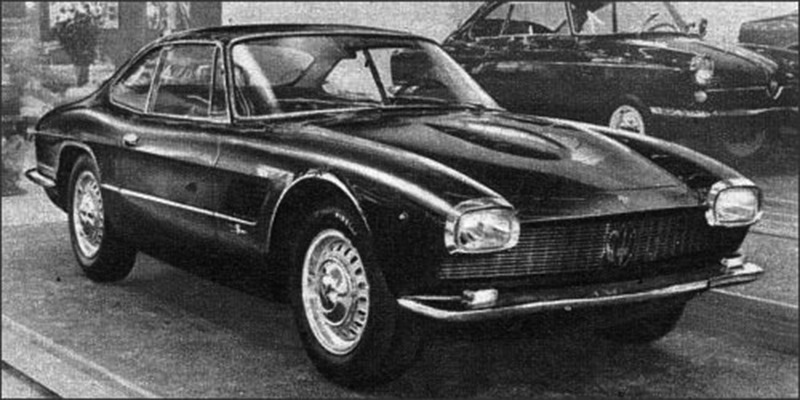
104.004: Unveiled at the 1961 Turin Auto Show, designed by Giorgetto Giugiaro, it is considered the most beautiful of all 5000GT. Now part of a private collection based in the Netherlands.
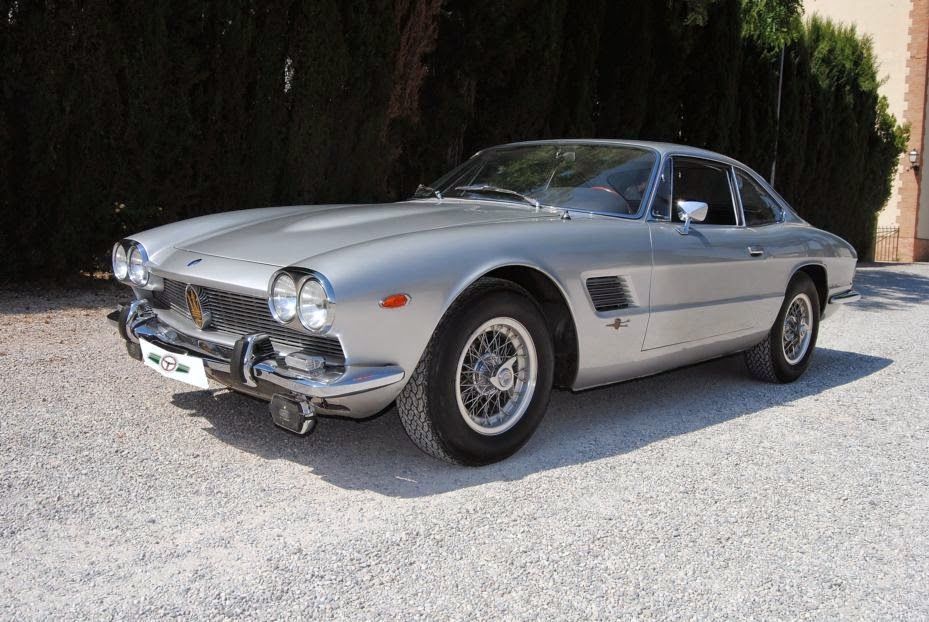
Frua
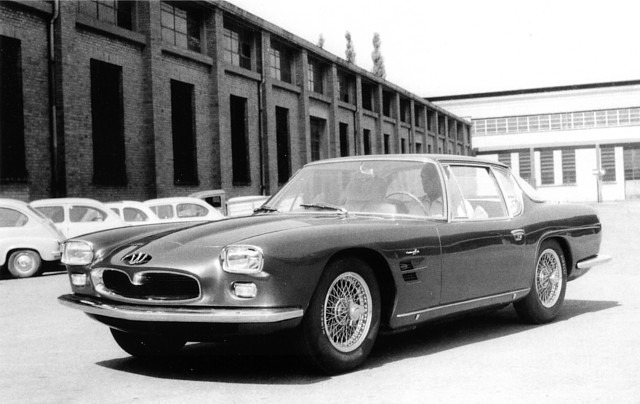
103.060: Built for prince Aga Khan, it was ordered by him through french Maserati importer Ets. It won the 2nd price in its class at the Pebble Beach Concours d’Elegance.
103.048 (renumbered 103.064): Prince Majid-Ben-Saud of Saudi Arabia has brought the car to Egypt for his Father, the exiled King. He imported it as “diplomatic baggage” to avoid the usual custom procedures.
103.100: Delivered in 1966 to Auto König, Munich and sold to German architect Engelhardt, which is said, that he was working for Aga Khan.
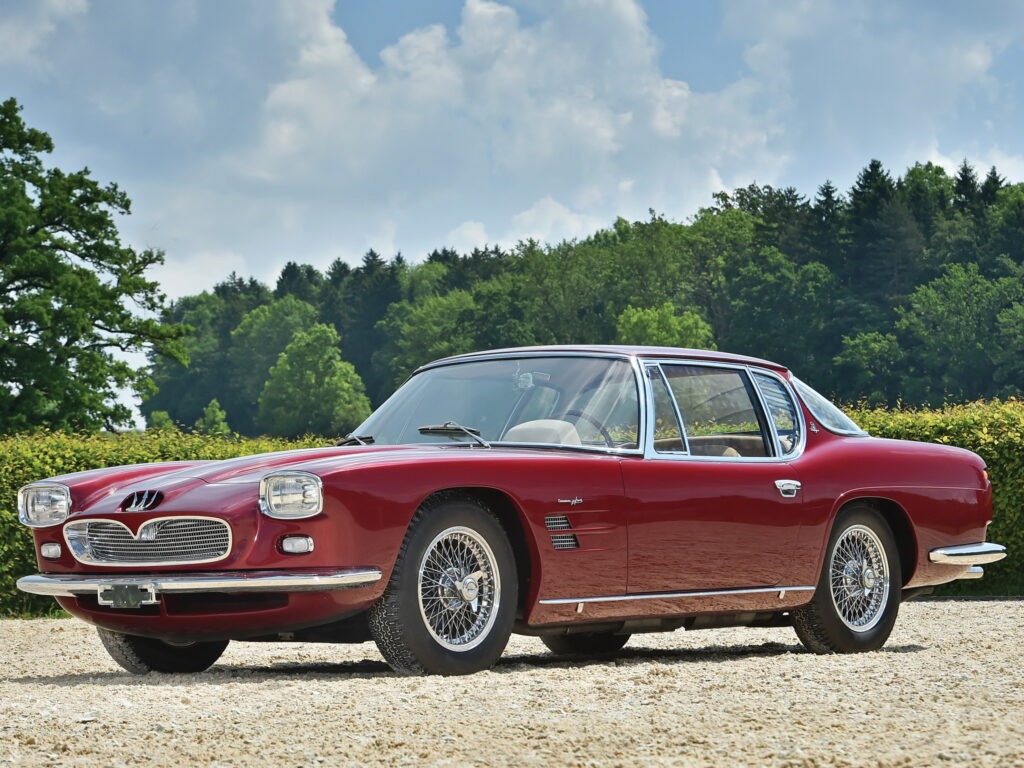
Touring Superleggera Sciàdipersia
In 2018 at the Geneva Motor Show, Touring Superleggera unveiled the Sciàdipersia which recalls the 5000 GT, a limited series based on the Maserati Granturismo.
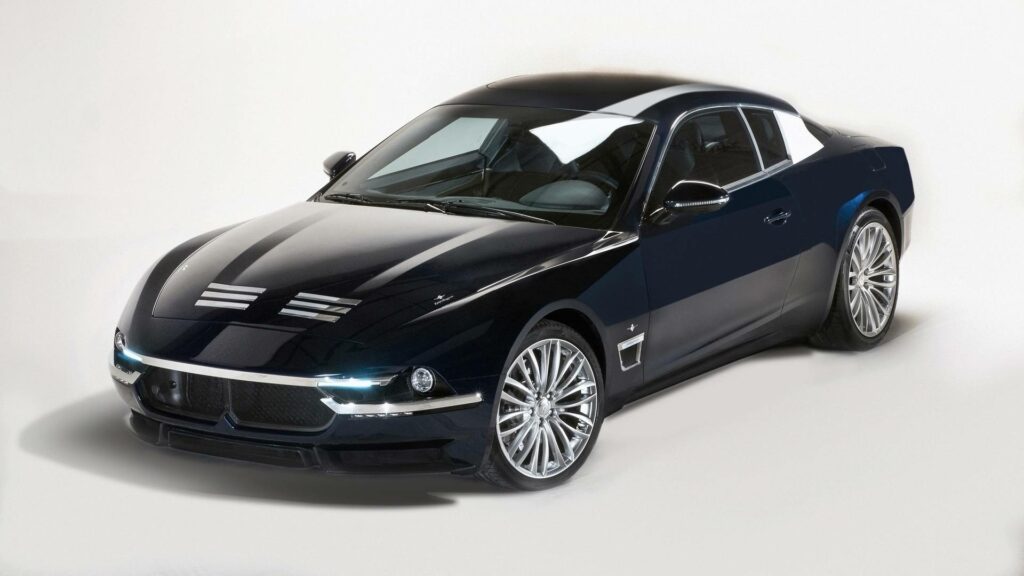
Sources:
- Maurizio Tabucchi, Nel segno del Tridente, Giorgio Nada Editore, 2003
- Elvio Deganello: Maserati 5000 GT, Ruoteclassiche, n. 53, 1992.
- Furio Oldaniː Ferrari 400 Superamerica e Maserati 5000 GT, Ruoteclassiche, n. 108, 1997.
- Alfredo Albertini, Maserati 5000 GT, Ruoteclassiche, n. 305, 2014

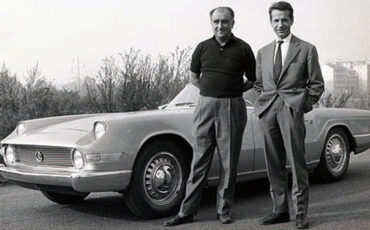
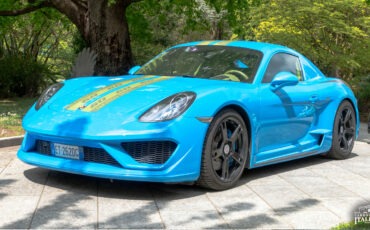
The the Ghia and Bertone versions are the best looking ones